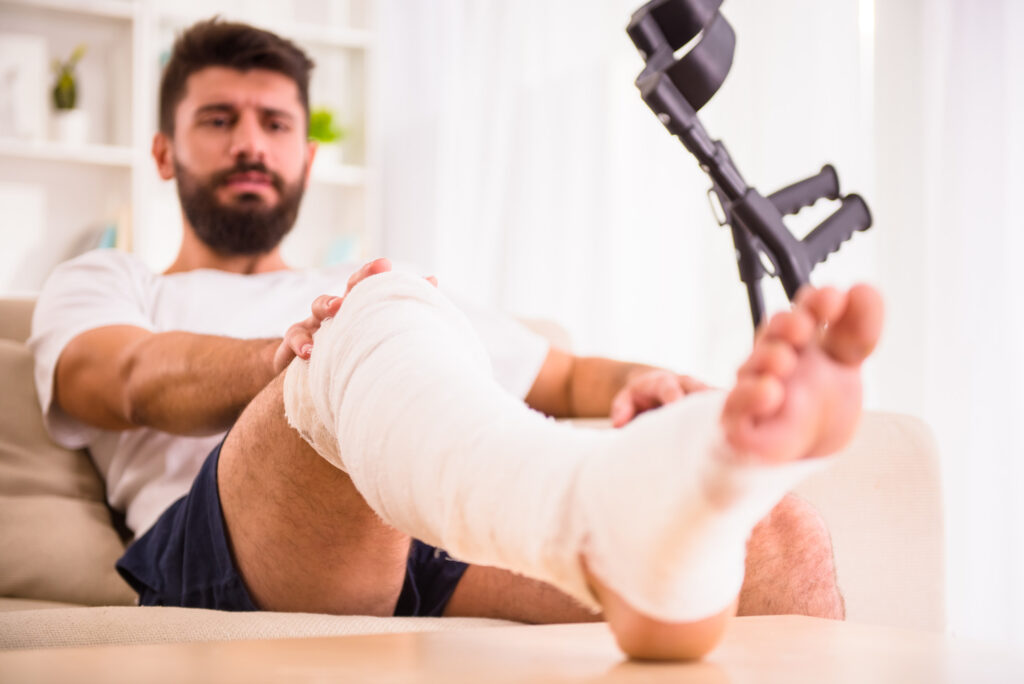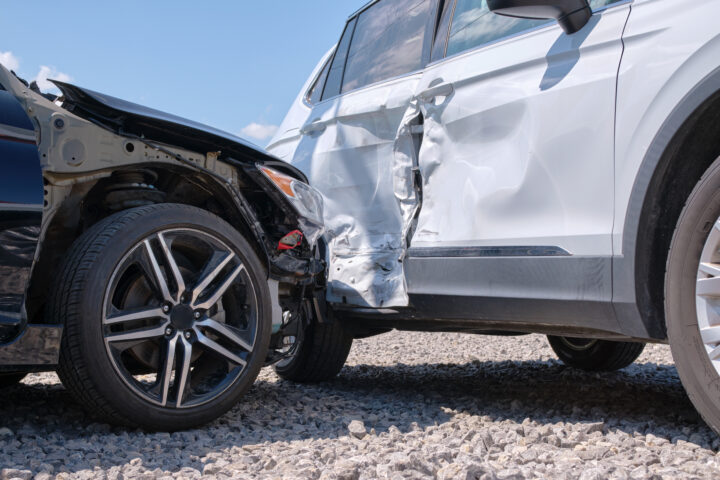
Each year, California car accidents caused 277,160 injuries and killed nearly 4,000 people. Individuals who suffer personal injury from an accident are often entitled to compensation by filing a personal injury claim.
While many car accident injuries are obvious, others can take a while to appear. You may not even realize the pain and suffering you’re experiencing are the results of an accident.
If you’re not sure if your situation meets the requirements for a personal injury claim, a car accident lawyer can help. Keep reading to find out everything you need to know.
How To Know If You Have a Personal Injury Claim
Let’s break down all of the other aspects you need to consider. If your circumstances meet all of the following requirements, it is very likely you have a strong case for a car accident personal injury claim.
Other Driver Owed You a Duty of Care
To succeed at winning a personal injury claim, you must be able to prove that the other driver involved in the accident owed you a duty of care.
A duty of care means the other driver was expected to behave in a way that does not harm or endanger others. In California, drivers have a duty of care to pedestrians and other drivers.
When driving, it is your responsibility to operate your vehicle in a safe manner so as to avoid injuring others or damaging property. Part of a driver’s duty of care is to obey all traffic laws and signs.
Other Driver Breached the Duty of Care
Personal injury claims also require that you prove negligence. This means you have to prove that the other driver did not fulfill their duty of care.
When it comes to car accidents, endangering others by failing to follow traffic laws can be lots of things. Changing lanes without signaling is a breach of duty of care. Speeding is also a breach of duty of care.
A car accident lawyer can help you determine how the other driver breached their duty of care at the time of the accident.
Car Accident Resulted in Damages
To sue someone, you must be able to prove that you sustained damages. It is not possible to sue another party for the simple fact of breaching their duty of care. You must have damages as the result of that breach.
The most common types of damages that result from a car accident are compensatory damages. You can receive compensation for any damage that happens to your personal property.
You can also get compensated for your injuries, medical expenses, pain, and suffering. Finally, you may also receive compensation for any time you were unable to work and experienced lost wages.
If you’ve experienced an injury after a car accident, make sure to get an examination from a medical professional. You will need medical evidence to prove your injuries exist and occurred as the result of the accident.
It is essential that you save any receipts, medical bills, insurance statements, and other expenditures related to the car accident.
Damages Resulted From the Breach of Duty of Care
The next thing you will need to prove in your personal injury case is “cause in fact.” Part of proving negligence in a car accident is providing evidence that the other driver’s actions directly caused damage or injury.
Some examples of common car accident injuries include whiplash, head trauma, broken bones, and pneumothorax. Other serious injuries can take a while to surface.
You cannot claim that damage to your car that already existed was the result of the accident. Nor can you claim prior medical conditions occurred because of the accident.
Your lawyer will assist you in providing evidence that the damages and injuries you suffered would not have occurred but for the actions of the other driver.
Defendant Could Reasonably Forsee Possibility of Damages
The final step in proving negligence in a car accident personal injury case is “proximity cause.” This means you need to prove that the other driver was able to reasonably foresee that their actions could cause harm.
Here’s an example. A driver blows through a stop sign. It is reasonable to assume that the driver was aware that running the stop sign could result in a car accident.
Proximity cause can be difficult to prove when the link between your damages and the car accident isn’t clear. It is helpful to have a lawyer with personal injury expertise to help you formulate a strong argument.
Car Accident Happened Within the Past Two Years
In most countries, there are statutes of limitations that determine how much time a person has to file a lawsuit. In California, the statute of limitations for personal injury claims is two years.
If you wish to file a lawsuit after the two-year period has passed, it will be too late to pursue any kind of legal action against the other driver.
However, the two-year time period is not as black and white as it sounds. It begins when the injured party becomes aware of their injuries or damages.
Therefore, the clock doesn’t necessarily start when the car accident occurs, especially if your injuries take a while to surface. The clock starts when you find out, or should reasonably understand, that you have sustained an injury.
Personal Injury Claims: Next Steps
Have you been injured in a car accident? Do you have evidence to prove the other driver was driving negligently? If so, you’ve already got a good start at developing a personal injury claim.
An experienced car accident attorney can help you the rest of the way through the personal injury claim process. Contact Armstrong Accident Attorneys for a free consultation to discuss your case today.



